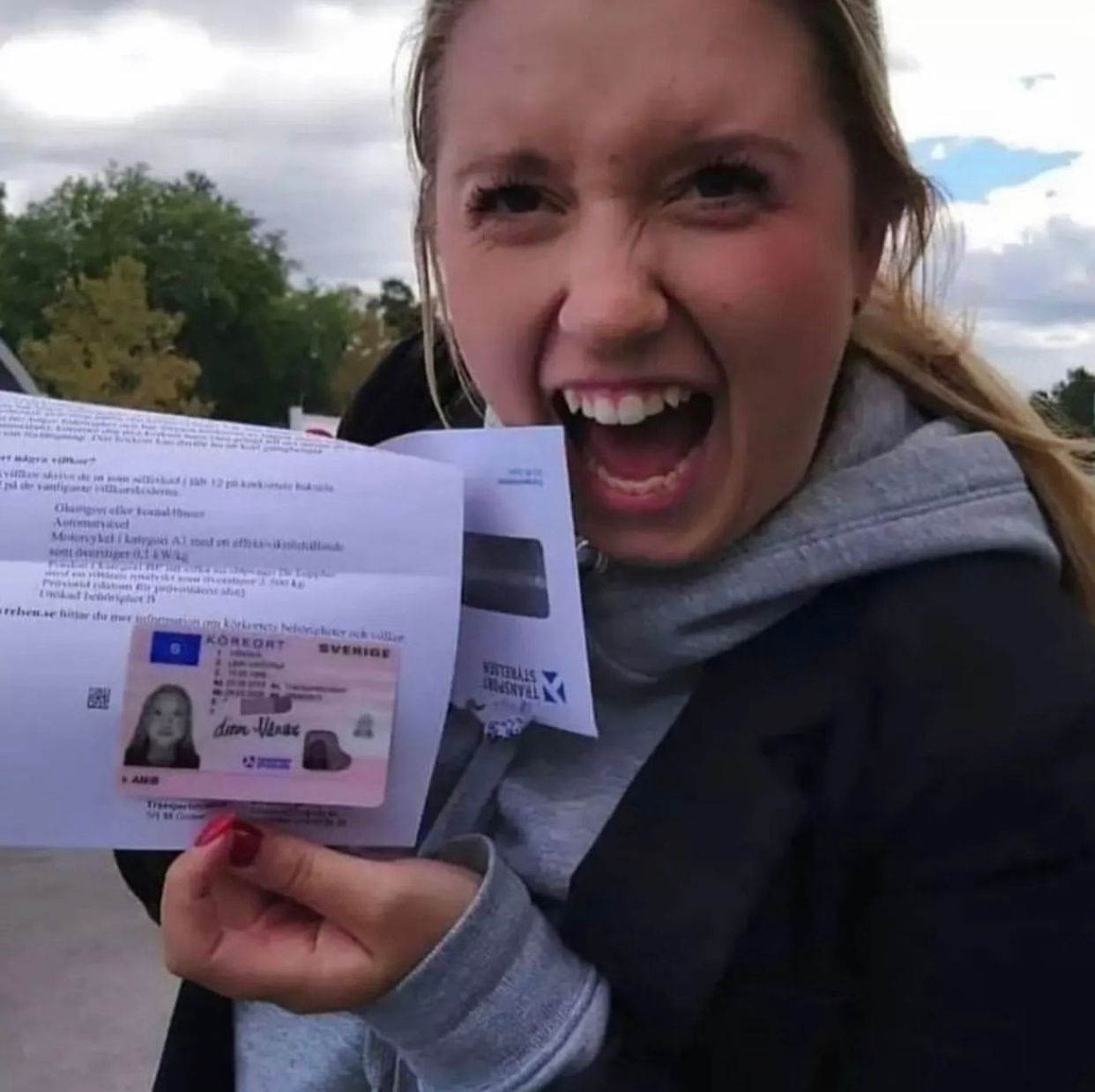What's The Point Of Nobody Caring About Driving License Id-Handling 20…
페이지 정보
작성자 Earnestine 댓글 0건 조회 5회 작성일 25-08-26 19:58본문

Navigating the New Landscape of Driving License ID Handling in 2025
In every society, the driving license works as an important document, not simply as a proof of the capability to operate an automobile but also as an identification tool. As we enter 2025, considerable modifications have emerged relating to the handling and management of driving licenses, primarily influenced by advances in technology, developing guidelines, and the need for improved security steps. This post intends to provide a comprehensive introduction of driving license ID dealing with in 2025, clarifying the technologies involved, the approaching legal transformations, and offering answers to common queries.
The Transition to Digital Driving Licenses
Among the most noteworthy changes in driving license ID handling is the widespread adoption of digital driving licenses. These digital licenses are kept electronically on smartphones, providing numerous conveniences to both motorists and authorities. In the United States, for example, numerous states have started carrying out digital motorist's licenses, while countries such as Canada and the UK are anticipated to do the same quickly.
Key Benefits of Digital Driving Licenses
- Convenience: Easily available on mobile devices, removing the need to bring physical copies.
- Enhanced Security: Incorporating biometric features and encryption assists to fight identity theft and fraud.
- Real-time Updates: Immediate updates to individual details, such as modifications in address or status, improve precision.
Difficulties and Concerns
In spite of the advantages, the transition to digital licenses provides obstacles, Köpa Äkta Körkort consisting of concerns about privacy, cybersecurity dangers, and the digital divide affecting those without access to smart devices or the web.
Changes in Regulatory Framework
As we head into 2025, numerous policies surrounding driving licenses have come under analysis and improvement. Federal governments and regulative bodies are concentrating on ensuring that driving licenses are secure, valid, and released in compliance with established laws.
Secret Legislative Trends
Standardized ID Formats: Countries are moving towards a standardized format for driving licenses to improve validation and improve security.
Increased Verification Procedures: Authorities are now using innovative techniques such as facial recognition and AI to enhance verification procedures at checkpoints.
Concentrate on Sustainability: With growing ecological concerns, numerous states are choosing for environmentally friendly products for physical licenses and exploring robust digital options.
Age and Identity Verification: Enhanced procedures are being put in place to accurately verify the age and identity of chauffeurs, particularly in contexts where age-related laws apply to driving.
The Global Perspective: State-By-State Comparison
| Country | Digital License Implementation | Present Regulations | Notable Features |
|---|---|---|---|
| United States | Numerous states in progress | Varies by state, efforts to combine formats | QR codes for simple recognition |
| Canada | In pilot phases | Standardized identification across provinces | Combination with health IDs |
| United Kingdom | Early adoption stage | Focus on online renewal and information updates | Digital confirmation by means of the app |
| Australia | Under consideration | Increasingly strict identification protocols | Focus on fraud avoidance |
The Role of Technology in ID Handling
Technology is transforming how driving licenses are managed. AI, blockchain, and biometrics are ending up being integral to driving license issuance and verification.
Innovations Shaping the Future
Artificial Intelligence: AI algorithms are now used for acknowledging patterns in driving habits, which can inform insurance coverage premiums and legal implications.
Blockchain Technology: Ensuring the stability and credibility of driving license data, blockchain technology permits safe sharing of info in between authorities without worry of tampering.
Biometrics: Increasingly, biometric systems are implemented at the point of issuance and confirmation, such as facial acknowledgment and finger print scanners, to make sure safe and secure identity verification.
Possible Impacts of Emerging Technologies
The application of these innovations can cause boosted reliability and security of driving IDs, however it raises concerns about data privacy and user consent.
Often Asked Questions (FAQs)
1. What should I do if my digital driving license is lost or taken?
You should immediately report the loss or theft to your regional automobile company. A lot of digital licenses have integrated functions to disable gain access to remotely.
2. Are digital driving licenses accepted everywhere?
As of 2025, approval of digital licenses differs by area. It's recommended to carry both digital and physical copies when taking a trip throughout state or national borders.
3. Can I update my details on a digital driving license?
Yes, updates can typically be made through the associated mobile application or site of the issuing authority.
4. What are the security procedures for digital licenses?
Digital licenses usually include functions such as file encryption, two-factor authentication, and biometric verification to improve security.
5. How will traditional driving licenses be impacted?
The relocation towards digital licenses may decrease the issuance of physical licenses, but they will still be available for those unable to gain access to digital choices.
As we advance into a new period in 2025, the handling of driving licenses is optimizing to satisfy the demands of modern society. Through technological developments and regulative reforms, individuals can expect a more protected, efficient, and streamlined process for getting and handling their driving licenses. However, as digital solutions multiply, it remains important to address challenges connecting to privacy, security, and accessibility, guaranteeing fair road access for all motorists while protecting personal info. As federal governments throughout the world continue to adjust to these modifications, the future of driving license ID handling is set to be both dynamic and transformative.
댓글목록
등록된 댓글이 없습니다.


